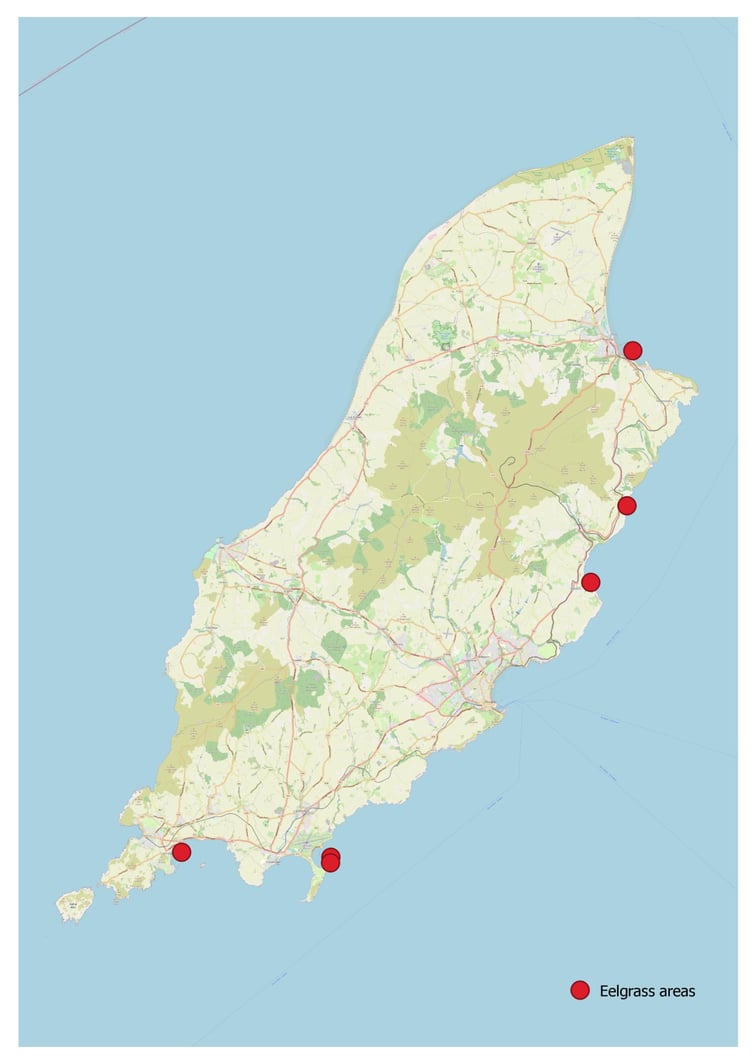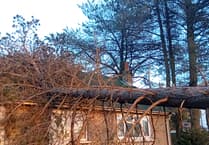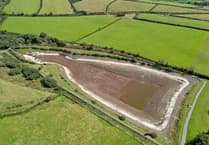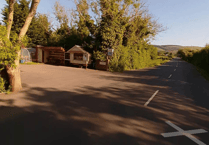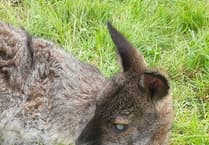As an island community we depend on the sea for so much - but it is also easy to take it for granted. Each month, Dr Lara Howe, marine officer with the Manx Wildlife Trust, and Dr Peter Duncan, senior marine environment officer at DEFA, explore this underwater world and the lives of some of those who work there.
The benefits of eelgrass, both in terms of helping fight our climate crisis but also our biodiversity crisis, have been touched on in previous articles, but what can we do to better protect it, and also let it recover?
Firstly it’s important to know that eelgrass is protected by law under the Wildlife Act 1990 (Schedule 7, Protected Plants) – so it’s actually a criminal offence to ‘intentionally, or recklessly, pick, uproot or destroy’.
However, that does require that people actually know where they are, hence the designation of Eelgrass Conservation Zones within the Marine Nature Reserves (MNRs), which covered all of the eelgrass areas known about at the time. The conservation zones are available as maps within the MNRs, and so people who use the sea regularly should be aware of them. But actually, do you know where our eelgrass beds are?
To complicate matters, since 2018 we have discovered several new eelgrass areas - the more you look the more you find - and it’s a fairly slow process to change legislation to take account of new areas.
So, until they are protected, we need to raise awareness about all the current locations so people won’t accidently damage them.
In total we have five eelgrass zones around the island.
They may not be the biggest beds ever seen but they provide great benefits to our coastal community.
They can be found in Ramsey Bay, Bulgham Bay, Laxey Bay, Derbyhaven and Fort Island, and Gansey Point.
When Ramsey Bay MNR was designated in 2011 one of the five zones was established to protect eelgrass in the bay.
A recent survey in 2019 has shown how it has extended beyond that zone, showing nature can repair itself if we give the space and time to do so.
As a result of this a new awareness zone has been identified, where damaging activities should be excluded or very carefully managed.
Bulgham Bay, on the other hand, is a relatively newly discovered site and people are probably less aware of it compared to Ramsey Bay and, as a result of that, it has no MNR or eelgrass zone associated with it yet.
It was only rediscovered in 2021 by Seasearch divers.
It is hoped that this will change in the future but until then the southern end of the bay should become another awareness zone.
It is important to note that mobile fishing gears are currently prohibited from this area, under a voluntary agreement by Manx fishermen working with DEFA and Bangor University.
Laxey Bay MNR also has an existing eelgrass conservation zone within it, but again, the eelgrass has extended its range beyond the original eelgrass area.
The new area is to be avoided for anchoring or pot fishing, where possible.
Many people will be aware of the eelgrass bed in Fort Island Gully at Langness, and that it is protected by an eelgrass conservation zone. However, more recently Seasearch divers have found significant eelgrass within Derbyhaven Bay on the northwest side of Fort Island .
Although this is within the MNR it is outside of the eelgrass conservation zone which would afford greater protection.
Gansey Point eelgrass falls within the Baie ny Carrickey MNR, within the eelgrass conservation zone .
To change or amend these areas takes time and a lot of conversations with everyone in the community, but until that happens, the next time you head out in your boat to enjoy the wonderful coastline and wildlife that the island supports please think about where you anchor or place your pots.
We can all do our bit to protect our wildlife and as we have seen it has the ability to restore itself if we give it the time and space to do so.
